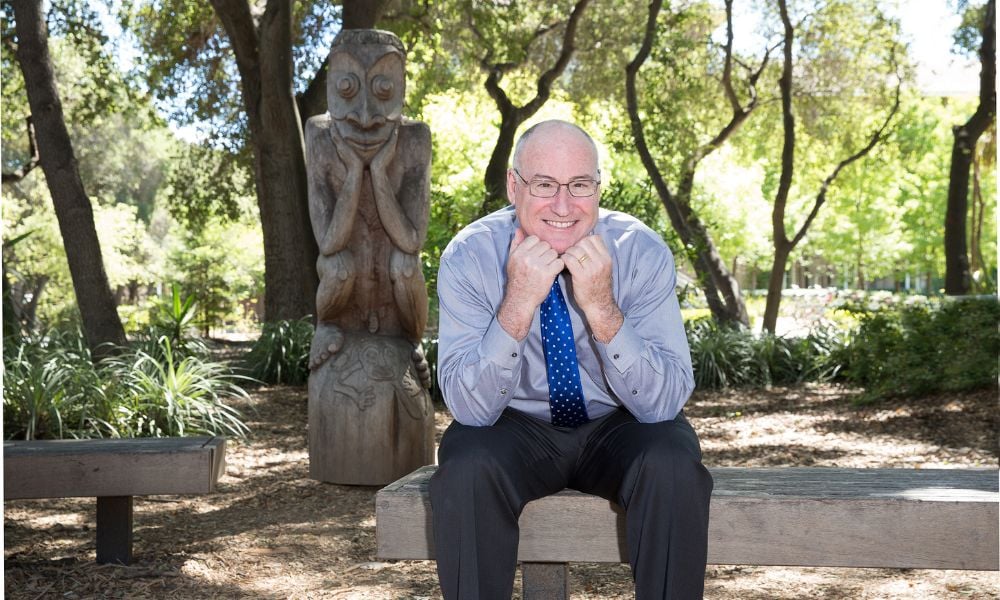Zuckerberg, Musk focus on 'flattening' – but academic provides 3-step test to assess middle management

Earlier this year, Meta CEO Mark Zuckerberg made waves when he talked about “flattening” middle management. He later credited this trend – calling it “good for the industry” – to Elon Musk after the new Twitter CEO fired many middle managers in the fall of 2022.
Speaking on the Lex Friedman podcast in June, Zuckerberg said Musk was right in trying to make the company “more technical” and pushing for “fewer layers of management.”
But is this the right approach? It depends, according to one academic.
For example, there can be a problem of excess layers of middle management in an organization, resulting in too many managers without a sense of what the people below them actually do, according to Dr. Bob Sutton, Professor of Management Science & Engineering at Stanford University.
“What you end up with is having more and more people who work together, who are distanced from the way the organization actually works,” Sutton told HRD.
“So they don't understand how education works, they don't understand what it's like to work in a Walmart store, they don't understand what it's like for the average global user. In healthcare, there's so many people doing financial stuff that people completely forget about health care. So that's the criticism against them, is they add friction — but then, both in personality and in function, it's just impossible to run an organization without them.”
The research agrees: middle managers are necessary
McKinsey & Company’s recent analysis of their 2022 survey of 706 middle managers found that “strong middle managers aren’t just nice to have… they are a business imperative. Organizations with top-performing managers yield multiple times the total shareholder returns (TSR) of those with average or below-average managers over a period of five years.”
The analysis goes on to point out that middle managers are likely the biggest influence on employees’ enjoyment of their work environments, leading to organizational health and productivity. The study isolated several qualities of middle managers beneficial to the bottom line, including consistency, challenge, personal ownership, and employee involvement.
McKinsey stated that middle managers often “face pressures from above and below, they tend to be both underdeveloped and unempowered, and they face growing pressure to deliver in flatter, faster, and leaner organizational structures, all of which leads to being underutilized and unappreciated.”
The right middle managers for the job
For HR leaders wanting to assess the middle managers in their organizations, Sutton provides a test in his book The Friction Project: How Smart Leaders Make the Right Things Easier and the Wrong Things Harder, co-written with Huggy Rao, which focuses on the pain points in management structures that make companies less productive.
“We call these grease people and gunk people. A grease person is someone who makes it easier; a gunk person is somebody who gums up the work,” he said, adding that managers who do not feel respected in their organization can tend to “throw extra burdens at us.”
Sutton outlined the following three steps for HRD:
- Do managers think and act as if their job is to make the core work of the organization easier, and for employees and customers to do the right thing?
- Do managers get rewarded or punished for building larger and larger fiefdoms?
- Do people in middle management roles understand the needs, obstacles, and motivations of people who do the core work of the organization?
“All the way up from CEO, all the way down, a definition of a manager is they absorb uncertainty from the environment,” said Sutton. “That's a lot of what skilled leaders do, they build a just complex enough system underneath them. My tests for middle management are essentially, are they making things easier?”
Looking at points of friction can be helpful, he says, starting with “silos” or “handoffs” – spots where work is handed from one person to the next. The solution is creating a process map, following a workflow along its journey to check for weak spots (or weak managers).
“One of the hallmarks of good leaders is that they don't protect themselves from the same processes that the ‘lowly’ employees are involved in. They do it themselves, they go through the process themselves and have the experience of doing it themselves. That's the kind of stuff we tend to recommend.”







